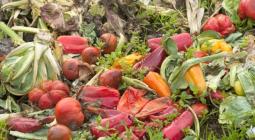Food Waste: The Hidden Cost of the Food We Throw Out I ClimateScience #9
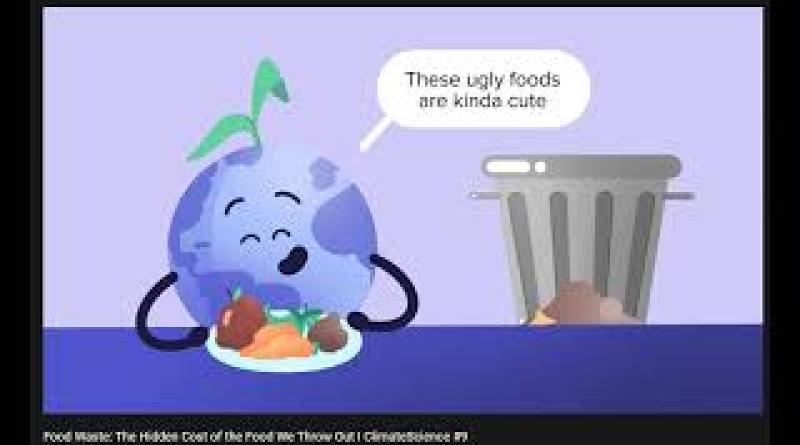
Worldwide, 30% of food is lost or wasted. That averages out to 775 kcal per person per day! That’s about the same as 12 medium eggs or 26 large carrots every day!
These losses occur at all stages of the food supply chain, from the farm to your fork. However, the causes of these losses vary. Because of this, it’s helpful to consider the different stages of the food supply chain separately by drawing a distinction between food loss and food waste.
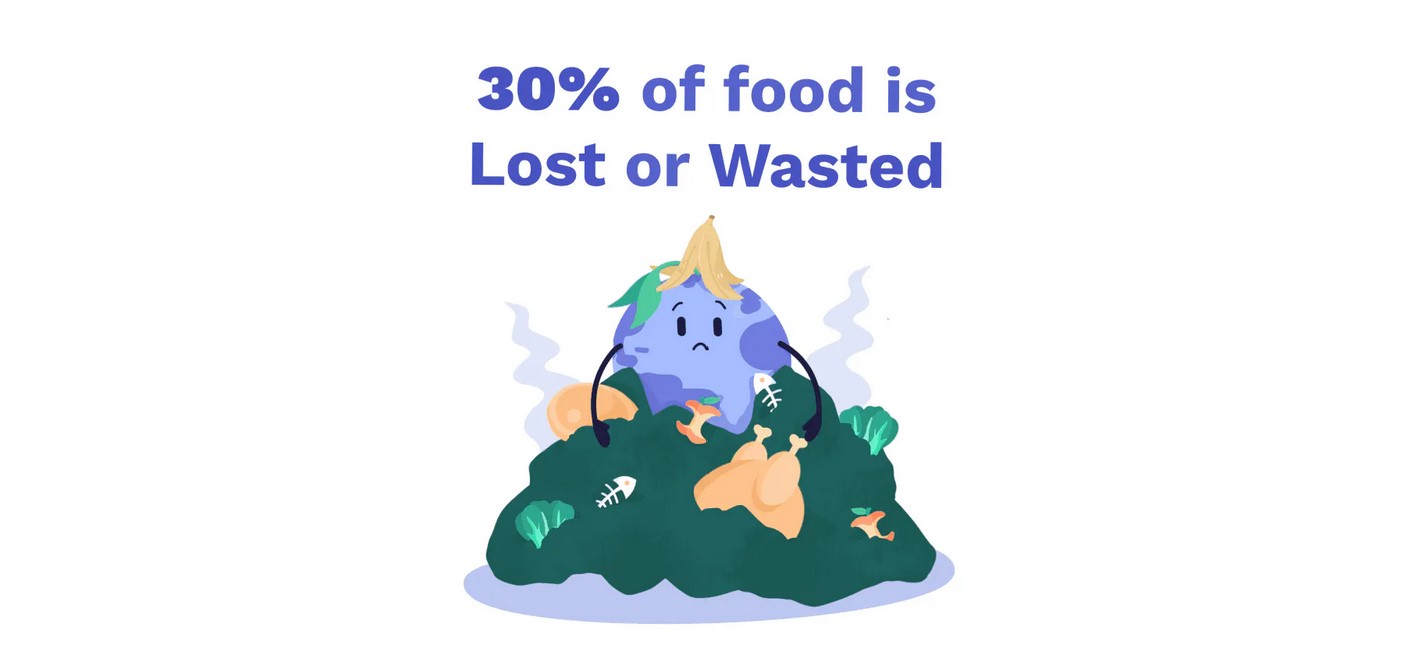
What’s the difference between food loss and food waste?
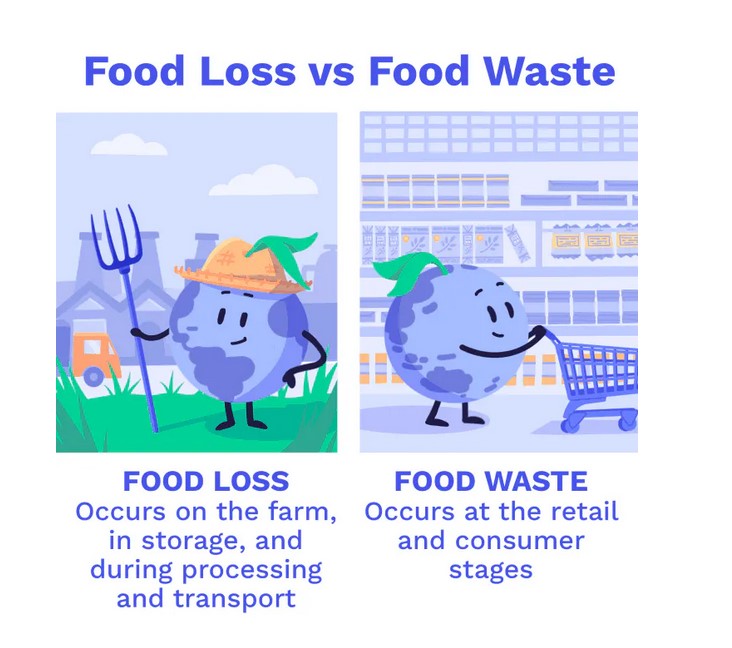
Why are food loss and waste bad?
When food is lost or wasted, all of the resources that went into making that food are wasted too! Globally, food loss and waste results in:
- Around 1 billion hectares of land being wasted to produce uneaten food - a surface area larger than Canada!
- About 660 km³ of water being wasted a year - more than 7x the volume of Lake Geneva!
Food loss and waste also guzzle a lot of energy which results in significant greenhouse gas emissions. Rotting food also contributes directly to emissions as it releases methane into the atmosphere.
As a result, between 2010 and 2016, food loss and waste accounted for 8-10% of global greenhouse gas emissions from human activities. In the US alone, the production of food that is lost or wasted releases the same amount of greenhouse gas as 33 million cars!
This is not only an environmental problem. All this waste comes at an economic cost too, of more than
$1 trillion USD a year! This results in economic losses throughout the supply chain, and increases the cost of food for consumers.
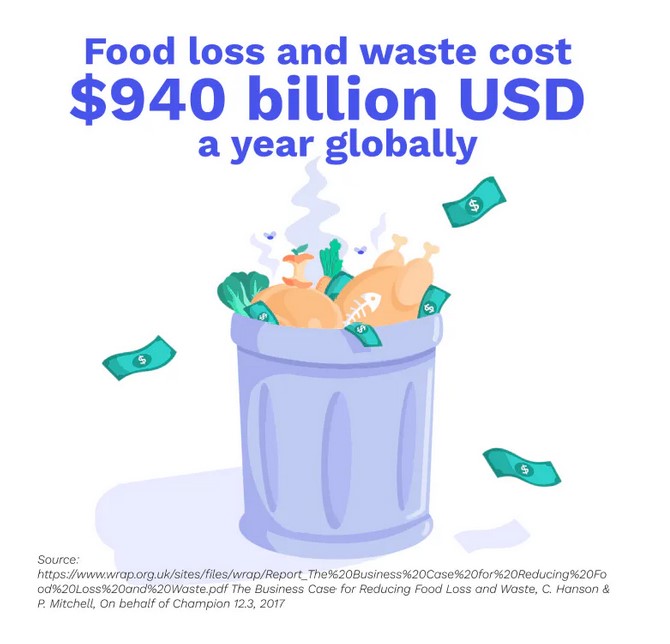
What causes food loss and waste in different countries?
The richer people are, the more food they waste. In wealthier countries, more than 40% of food loss and waste occurs at the retail and consumer stage, largely due to consumer behaviour and food supply exceeding demand.
In lower-income countries, food losses mostly occur earlier in the supply chain, with much less being wasted at the consumer level. While people in sub-Saharan Africa and South/South-East Asia waste about 6-11kg per person per year, people in Europe and North America waste a whopping 95-130kg!
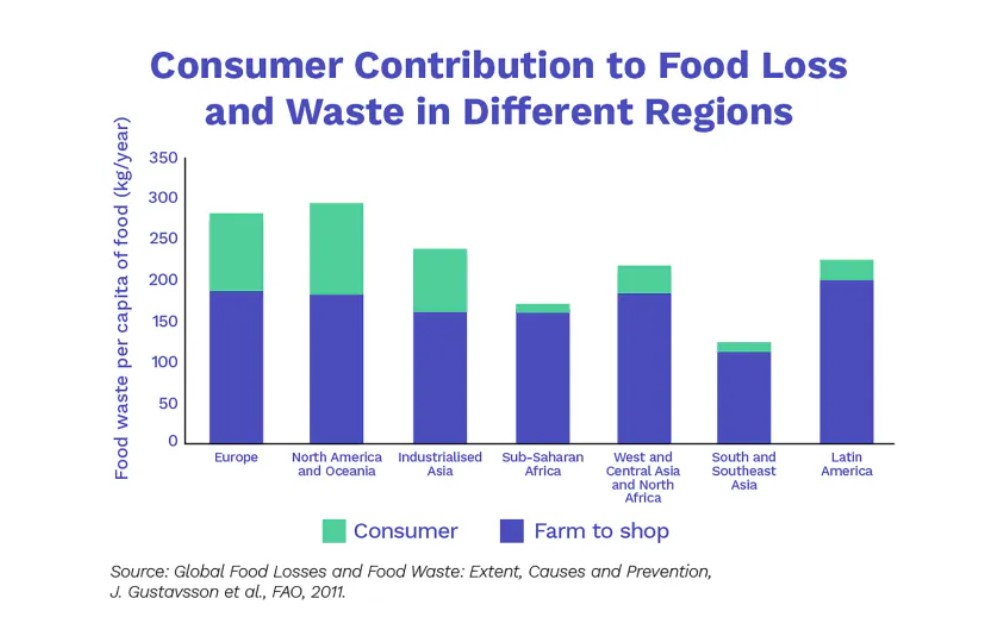
Food losses in low-income countries are caused largely by poor harvesting techniques, insufficient storage and cooling facilities, and a lack of infrastructure for food transport and marketing.
How can we reduce food loss and waste?
While energy is required to process and package food, the emissions that result from food loss and waste are much greater. Take beef as an example: packaging, transport and retail together contribute just 1-9% of total emissions, while food loss and waste cause 12-15%.
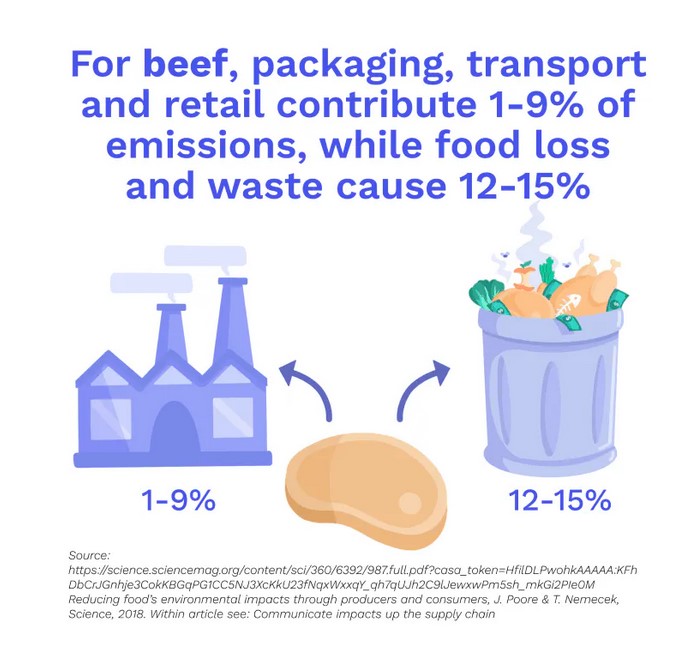
In low-income countries, investments in improved harvesting techniques, storage facilities, and infrastructure will be needed to reduce losses, as well as improvements in processing and packaging facilities. For example, if access to refrigeration was the same as in richer nations, 25% of food loss and waste from these countries could be eliminated!
To solve this problem, we will need to develop low-cost, off-grid solutions for food preservation.
And low-cost, low-emission technologies to prevent food loss and waste are useful in richer countries too. For example, smart packaging is being developed that is able to monitor food and give real-time indications of how close it is to going off. Some smart packaging even actively prevents the growth of food-spoiling microbes altogether!
But innovation alone can only get us so far. The public also needs to become more aware of how their actions increase food waste, and what they can do to stop it.
As well as encouraging less wasteful practices, people need to be better informed about food storage and safety beyond expiration dates (which varies in different countries).
But it’s not just consumers who waste food. Supermarkets set high standards for what food should look like, and imperfect food is often thrown away or rejected by supermarkets even if it is perfectly edible. Embracing “ugly” foods at both the retail and consumer level will be essential if we are to reduce unnecessary food waste.
Restaurants, retailers, and caterers can also reduce food waste by selling food in appropriate portions and donating uneaten goods to charities, food banks, and the general public.
What about the bits of food we can’t eat? Well, most food scraps can be fed directly to animals or fed to insects (like black soldier fly larvae) which can in turn be used as animal feed. But these food scraps can also be used by humans. For example, food waste can be turned into biodegradable packaging and bioplastics. This not only reduces waste, but it also reduces the amount of non-biodegradable plastic packaging that gets thrown away.
Conclusion
Food loss and waste occur at all stages of the food supply chain, and represent a huge waste of resources and unnecessary greenhouse gas emissions. Reducing food loss and waste will benefit both the environment and the global economy, improving global food security and making food more available to poorer communities whilst saving billions of dollars.
Different solutions will be required for different countries, as the causes of food loss and waste vary considerably in different regions. As the world gets richer, consumer-level food waste is likely to become more and more of a problem. Therefore, it is vital that people are aware of the impacts of food waste and what they can do to make a difference.
Even so, some food loss and waste is unavoidable, especially losses that occur earlier in the supply chain



